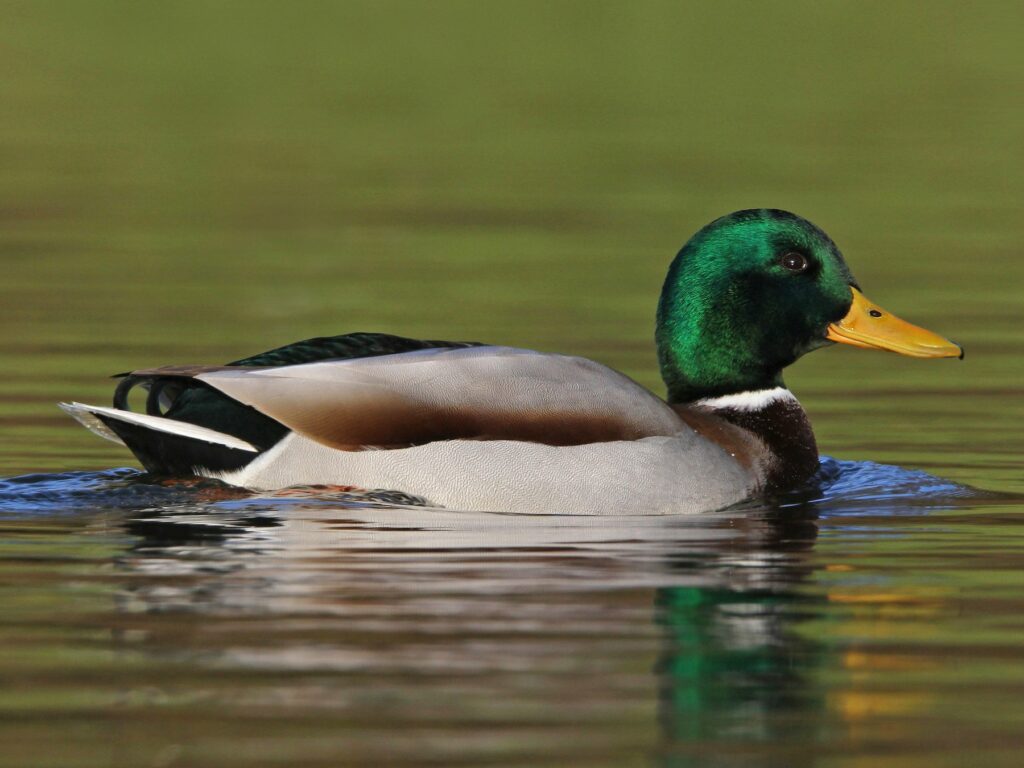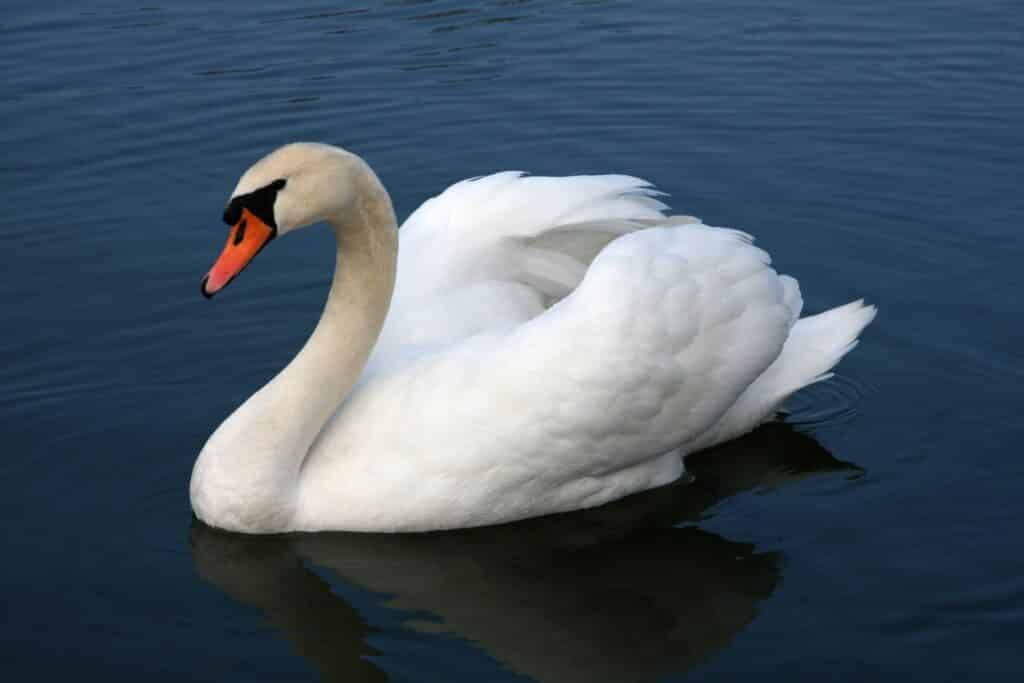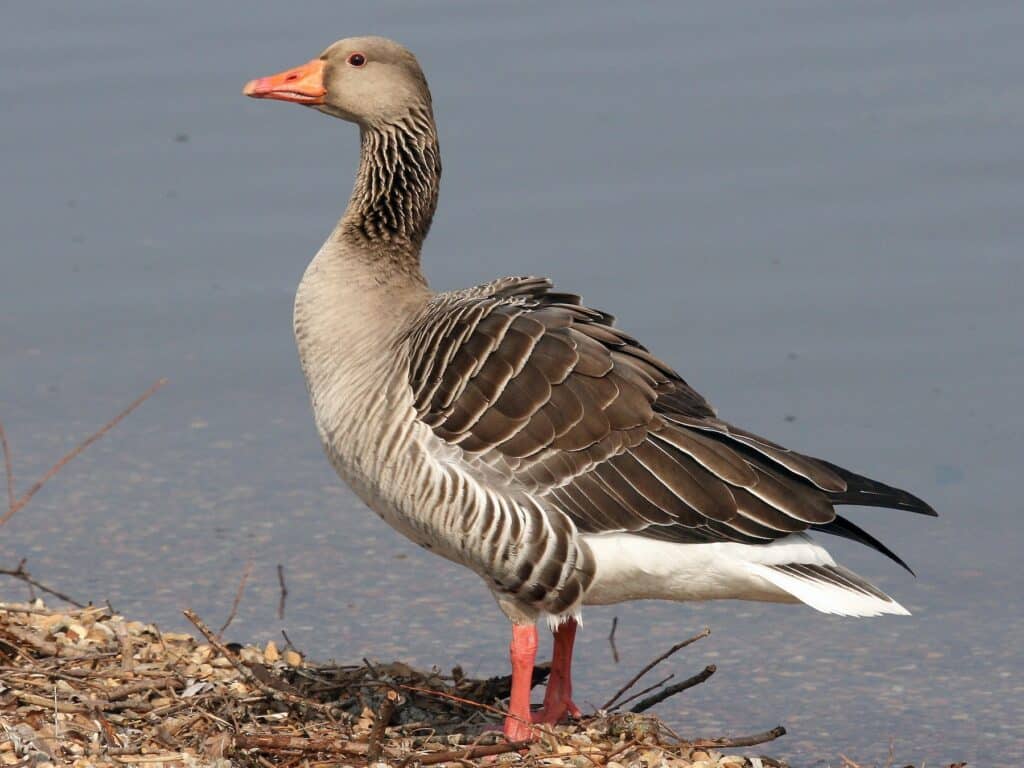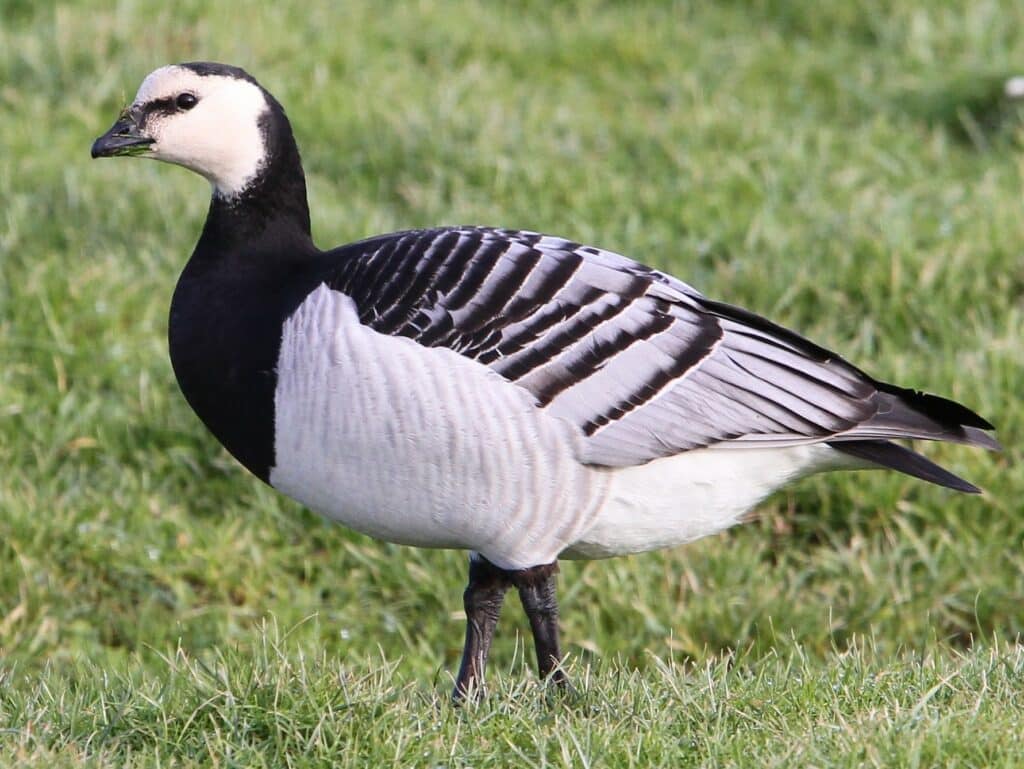Are you ready to embark on a journey through the enchanting world of waterfowl in the UK? Get ready to discover the diverse and captivating species of ducks, swans, and geese that grace the country’s waterways. From the iconic mallard to the graceful mute swan and resident greylag geese, these charming creatures will capture your heart with their beauty and fascinating behaviours.
The Iconic Mallard: A Symbol of British Waterways

Renowned for its vibrant plumage and graceful presence, the mallard stands as a beloved emblem of the picturesque British waterways. With its striking green head, chestnut-brown breast, and intricate feather patterns, the mallard is a true symbol of beauty in nature. These ducks can be found gracefully gliding along rivers, lakes, and ponds throughout the UK, adding a touch of colour to their surroundings.
The mallard’s significance extends beyond its visual appeal. It holds a special place in British culture as a symbol of tranquillity and natural harmony. Its presence on the waterways brings a sense of calmness and serenity to both locals and visitors alike. Whether you spot them paddling leisurely or taking flight with their distinctive quacking calls, these majestic birds remind us to appreciate the simple pleasures that nature provides. The mallard serves as a gentle reminder that there is beauty all around us if we take the time to pause and observe it in our busy lives.
Exploring the Fascinating World of Tufted Ducks

These captivating birds are known for their unique appearance, with tufts of feathers on their heads that resemble tiny crowns. But there is more to tufted ducks than just their stunning looks.
When exploring the world of tufted ducks, it is fascinating to learn about their breeding patterns. These birds typically form monogamous pairs during the breeding season, and they build nests in dense vegetation near the water’s edge. The female lays around 8-12 eggs and incubates them for about a month until they hatch into adorable ducklings. It’s truly a marvel to witness these little ones swimming alongside their parents, learning how to navigate and dive for food.
Speaking of food, tufted ducks have interesting feeding habits. They are diving ducks, which means they dive underwater to search for aquatic plants and invertebrates like insects and molluscs. Their streamlined bodies and webbed feet enable them to swim effortlessly underwater as they hunt for prey. It’s quite a spectacle to observe these ducks disappearing beneath the surface with a graceful dive, only to resurface moments later with droplets cascading off their sleek feathers.
The Majestic Presence of the Mute Swan

As you glide along the serene British waterways, you can’t help but be captivated by the majestic presence of the Mute Swan. With its elegant white feathers and graceful posture, it exudes a sense of regal charm that is hard to ignore. The Mute Swan is known for its majestic beauty, which has made it a symbol of grace and elegance in British culture.
Breeding habits are another fascinating aspect of the Mute Swan’s life. They typically form monogamous pairs that stay together for life. During breeding season, these magnificent birds engage in an elaborate courtship display. The male will proudly puff up his chest and spread his wings wide while swimming alongside the female, creating a breathtaking sight to behold. Once they have chosen each other as mates, they build their nest near the water’s edge using materials such as reeds and grasses.
The Mute Swan truly embodies the essence of majesty with its stunning appearance and captivating behaviours during breeding season. It is no wonder why this regal bird has captured the hearts and imaginations of people across the United Kingdom.
The Resident Greylag Geese: A Permanent Fixture in the UK

The resident Greylag Goose is a familiar sight in the UK, adding a touch of enchantment to the countryside with their graceful presence and distinctive honking calls. These beautiful waterfowl have made the UK their permanent home, choosing to reside in various habitats across the country. From lakes and ponds to rivers and marshes, you can find these geese gracefully gliding through the waters or waddling on land.
One of the reasons why the Resident Greylag Geese have become such a permanent fixture in the UK is because of its diverse range of waterfowl habitats. They are adaptable birds that can thrive in both rural and urban environments. Whether it’s a serene lake in a picturesque village or a bustling city park, you’re likely to come across these majestic geese wherever there is access to water. Their ability to adapt and make use of different habitats has contributed to their success as residents in the UK.
In addition to their adaptability, another reason for their permanence is their strong sense of community. The Resident Greylag Geese form tight-knit flocks, often consisting of pairs or small family groups. They rely on each other for protection and navigation during migration, creating bonds that last throughout their lives. This sense of community adds an endearing quality to these geese, making them even more captivating for birdwatchers and nature enthusiasts alike.
Winter Visitors: Pink-Footed and Barnacle Geese

Winter brings a stunning spectacle to the UK as flocks of Pink-Footed and Barnacle geese descend upon the countryside, their honks filling the air as they gracefully glide through the winter landscape. These geese are winter visitors, migrating from their breeding grounds in Greenland and Iceland to find milder weather and abundant food sources. They travel long distances, sometimes over 1,000 miles, to reach their wintering grounds in the UK.
During their winter migration, Pink-Footed and Barnacle geese have distinct feeding patterns. Pink-Footed geese are herbivores that primarily feed on grasses, grains, and agricultural crops. They are known for creating “grazing lawns” where they strip away vegetation layer by layer. On the other hand, Barnacle geese have a more varied diet that includes seagrass, seaweed, and shellfish. They can often be found near coastal areas or estuaries where these food sources are plentiful.
Both species play an important role in balancing ecosystems during their stay in the UK. As they feed on grasses and crops, they help control plant growth while also dispersing seeds through their droppings. Additionally, their presence provides opportunities for birdwatchers and nature enthusiasts to witness these beautiful migratory birds up close.
Conclusion
In conclusion, the waterfowl of the UK are a charming and diverse group of birds that add beauty and grace to the country’s waterways. From the iconic Mallard with its vibrant feathers, to the fascinating Tufted Duck with its unique tuft on its head, each species has its own charm and allure.
The graceful Swans, especially the Mute Swan, captivate with their majestic presence and have become symbols of elegance. And let’s not forget about the resident Greylag Geese, who have made themselves a permanent fixture in the UK. Their honking calls fill the air, adding a sense of wildness to rural landscapes.
Not only do these waterfowl bring visual delight with their vibrant plumage, but they also offer opportunities for observation and learning about their behaviours and habitats. Whether it’s watching them gracefully glide across still waters or witnessing their social interactions within flocks, observing these birds can be a truly enriching experience.
So next time you find yourself near a British waterway, take a moment to appreciate the charm and beauty of these ducks, swans, and geese. It is through our admiration and understanding that we can help protect these captivating creatures for generations to come.
Sam loves to learn about animals and their habitats. He has been a nature lover from a very young age, and has been writing papers and articles about wildlife for as long as he can remember.
